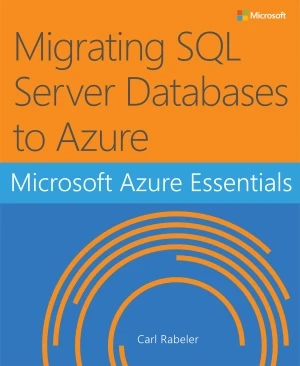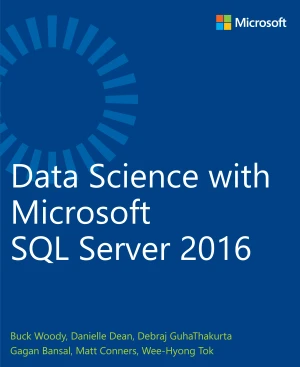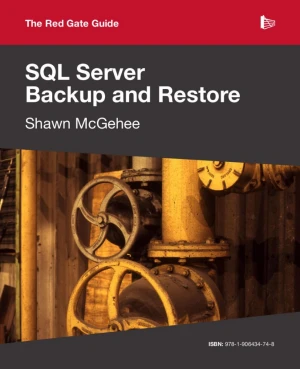SQL Server Hardware


Book Details
| Author | Glen Berry |
| Publisher | Red Gate |
| Published | 2011 |
| Edition | 1st |
| Paperback | 318 pages |
| Language | English |
| ISBN-13 | 9781906434625 |
| ISBN-10 | 190643462X |
| License | Open Access |
Book Description
SQL Server Hardware will provide the fundamental knowledge and resources you need to make intelligent decisions about choice, and optimal installation and configuration, of SQL Server hardware, operating system and the SQL Server RDBMS.
Relational databases place heavy demands on their underlying hardware and many of these databases are mission-critical resources for multiple applications, where performance bottlenecks are immediately noticeable and often very costly to the business. Despite this, many database administrators are not very knowledgeable about server hardware. Many medium-to-large companies have completely separate departments that are responsible for hardware selection, configuration, and maintenance, and the DBA with no knowledge of hardware is often completely at their mercy.
Likewise, many DBAs are also unaware of the performance implications of the various options and configurations for SQL Server, and the Operating System on which it is installed. Glenn Berry is a highly experienced Database Architect, teacher and SQL Server MVP, and his book is designed to provide the fundamental knowledge and resources you need to make intelligent choices about optimal installation and configuration of SQL Server hardware, operating system and the SQL Server RDBMS.
With what you learn in this book, you'll be able to ensure that your SQL Server instances can handle gracefully the CPU, memory and IO workload generated by your applications, and that the operating system and SQL Server itself are installed, patched, and configured for maximum performance and reliability.
This book is published as open-access, which means it is freely available to read, download, and share without restrictions.
If you enjoyed the book and would like to support the author, you can purchase a printed copy (hardcover or paperback) from official retailers.
Download and Read Links
Share this Book
[localhost]# find . -name "*Similar_Books*"
Migrating SQL Server Databases to Azure
SQL Server is Microsoft's relational database management system (RDBMS). SQL Server can now be hosted entirely in Microsoft Azure, either in a hosted virtual machine (VM) or as a hosted service. Hosting a virtual machine in Azure is known as infrastructure as a service (IaaS), and hosting a service in Azure is known as platform as a service (PaaS).
Data Science with Microsoft SQL Server 2016
R is one of the most popular, powerful data analytics languages and environments in use by data scientists. Actionable business data is often stored in Relational Database Management Systems (RDBMS), and one of the most widely used RDBMS is Microsoft SQL Server. Much more than a database server, it's a rich ecostructure with advanced analytic capab
Defensive Database Programming with SQL Server
Resilient T-SQL code is code that is designed to last, and to be safely reused by others. The goal of defensive database programming, the goal of this book, is to help you to produce resilient T-SQL code that robustly and gracefully handles cases of unintended use, and is resilient to common changes to the database environment. Too often as develop
Protecting SQL Server Data
In Protecting SQL Server Data, John Magnabosco demonstrates how sensitive data, stored in SQL Server, can be protected using an efficient and maintainable encryption-based data architecture. He explains how to assess and categorize data elements according to sensitivity, regulate access to the various categories of data using database roles, views
Performance Tuning with SQL Server Dynamic Management Views
Dynamic Management Views (DMVs) are a significant and valuable addition to the DBA's troubleshooting armory, laying bare previously unavailable information regarding the under-the-covers activity of your database sessions and transactions. Why, then, aren't all DBAs using them? Why do many DBAs continue to ignore them in favour of "tried and truste
SQL Server Backup and Restore
In this book, you'll discover how to perform each of these backup and restore operations using SQL Server Management Studio (SSMS), basic T-SQL scripts and Redgate's SQL Backup tool. Capturing backups using SSMS or simple scripts is perfectly fine for one-off backup operations, but any backups that form part of the recovery strategy for any given d






